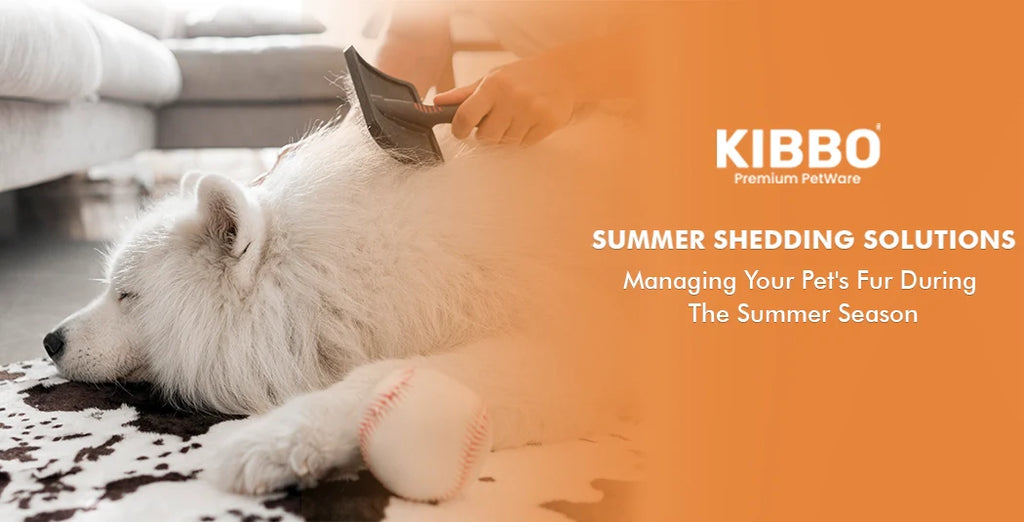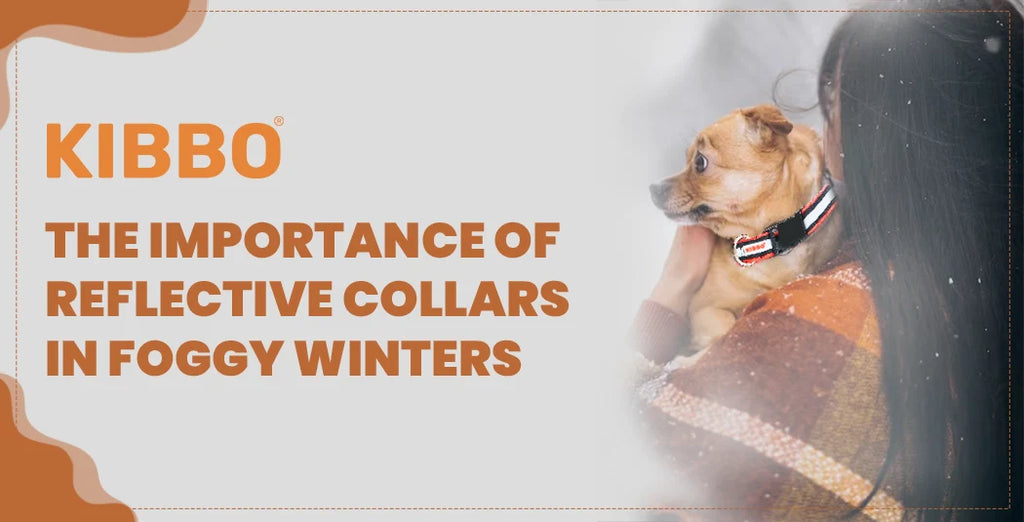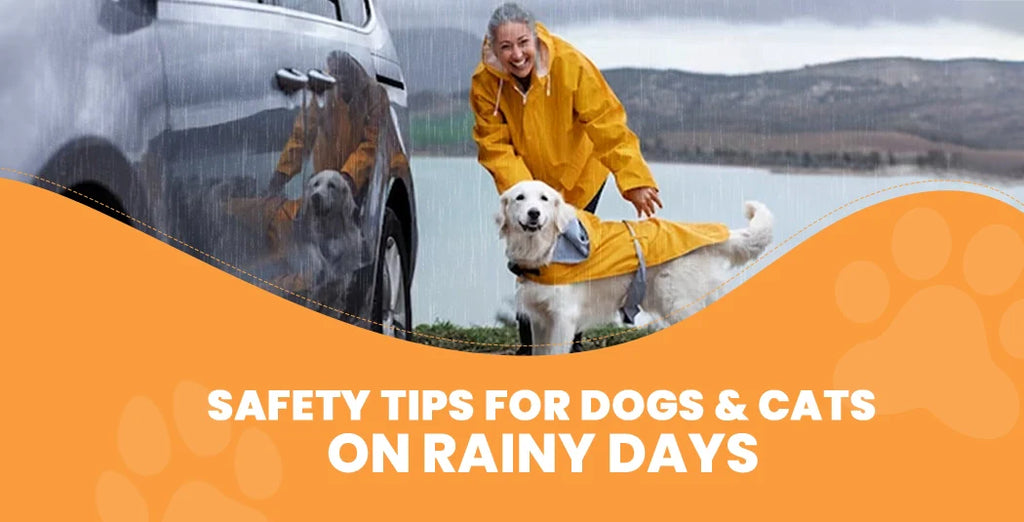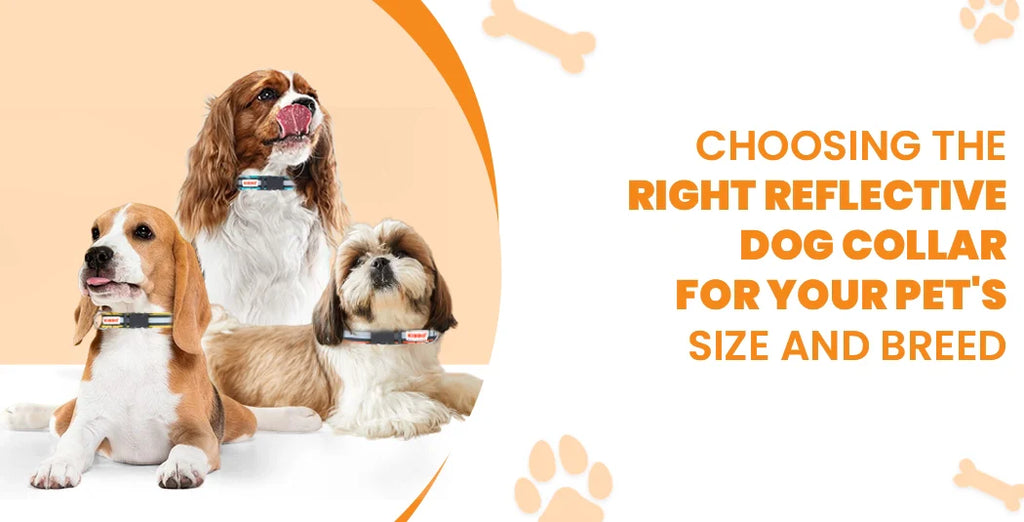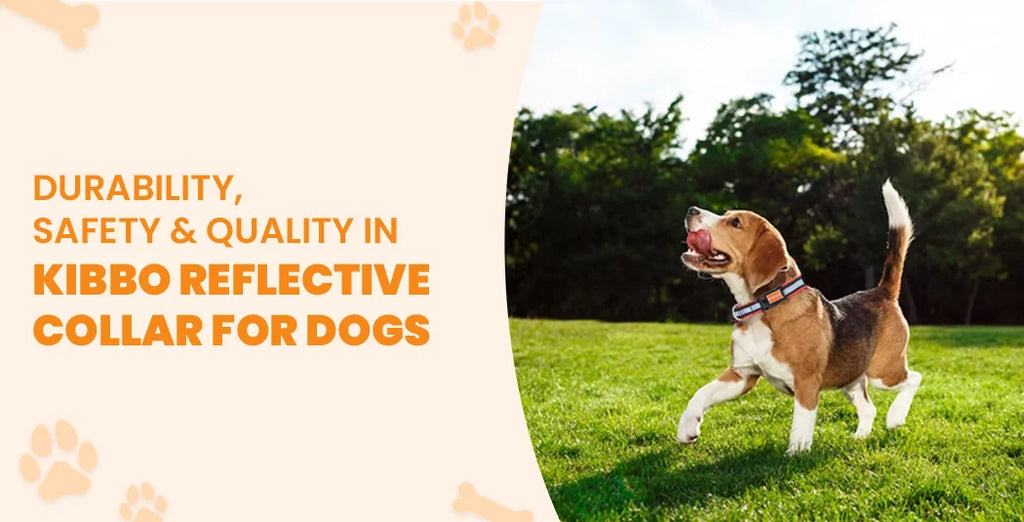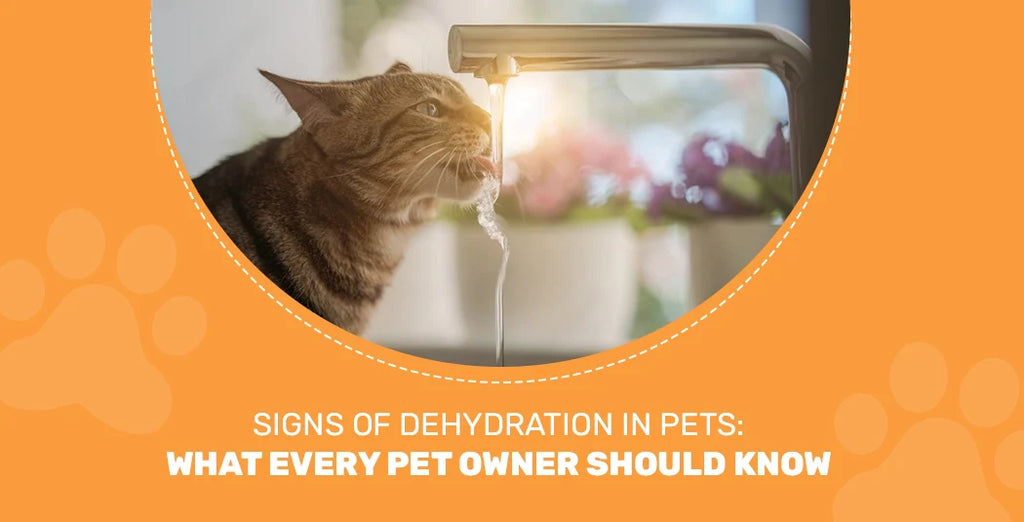
Signs of Dehydration in Pets: What Every Pet Owner Should Know

When your pet loses an excessive amount of fluid it imbalances their bodily functions causing dehydration. Keeping them hydrated is vital to ensure their good health. Dehydration can be as harmful for pets as it is for humans. Mild dehydration can be treated at home whereas severe dehydration requires immediate veterinarian attention. This blog will help you in becoming more aware and attentive about your pet’s hydration needs.
What causes dehydration in pets?
Pets might become dehydrated if they do not eat or drink properly. Your pet might refuse to drink because of the following reasons –
- Lethargy
- Pain
- Vomiting or Diarrhea
- Any underlying illness
- Nausea
It is important to seek the attention of a vet if your pet shows any of the above-listed problems or if you see changes in their urination or drinking habits.
What are the signs of dehydration
Dehydration signs in dogs might differ from physical signs to behavioral signs. Let’s take a closer look at the various signs of dehydration in pets –
Physical signs of dehydration
Keep an eye out for these physical signs that may indicate dehydration in your pet –
- Dry or Sticky Gums – One of the first physical signs of dehydration in pets is dry or sticky gums. Normally, a well-hydrated pet will have moist gums. Dryness or stickiness indicates a lack of proper hydration, as the body attempts to conserve water.
- Loss of Skin Elasticity – Another indicator of dehydration is the loss of skin elasticity. To test this, gently lift a fold of your pet’s skin (commonly done on the back of the neck). In well-hydrated pets, the skin will quickly return to its original position. However, dehydrated pets will have delayed skin recoil or even a visible “tenting” effect.
- Sunken Eyes and Lethargy – Dehydration often leads to sunken eyes, accompanied by a lack of energy and lethargy. The eyes may appear dull and lack the usual bright and alert expression. This is a clear sign that your pet’s body is experiencing water deficiency.
- Decreased Urine Output – Observing changes in your pet’s urine output can also provide valuable insights about their hydration status. Dehydrated pets tend to produce less urine, which may be darker in color and have a stronger odor. Reduced urine output indicates the body’s attempt to retain fluids to compensate for dehydration.
Behavioral signs of dehydration in pets
- Increased Thirst and Panting – Pets experiencing dehydration often display increased thirst and may breathe excessively, especially in hot weather or after physical activity. These behaviors are their way of signaling they need more water. Paying attention to your pet’s water consumption and monitoring any sudden increases can help identify dehydration.
- Reduced Appetite and Weight Loss – Dehydration can also lead to a loss of appetite and subsequent weight loss in pets. A lack of water can affect their sense of taste and make them less inclined to eat. Sudden or prolonged reduction in food intake accompanied by weight loss should raise concerns about possible dehydration.
- Dull Coat and Dry Nose – A dehydrated pet may exhibit changes in its physical appearance. Their coat may become dull and dry. Additionally, the nose, which is typically moist, may appear dry and cracked. These external signs indicate the need for increased hydration.
Conclusion
If your pet spends more time outside in hot weather or engages in strenuous exercise, they will require more water to stay hydrated. To keep your pet hydrated, always keep plenty of clean drinking water near them.



